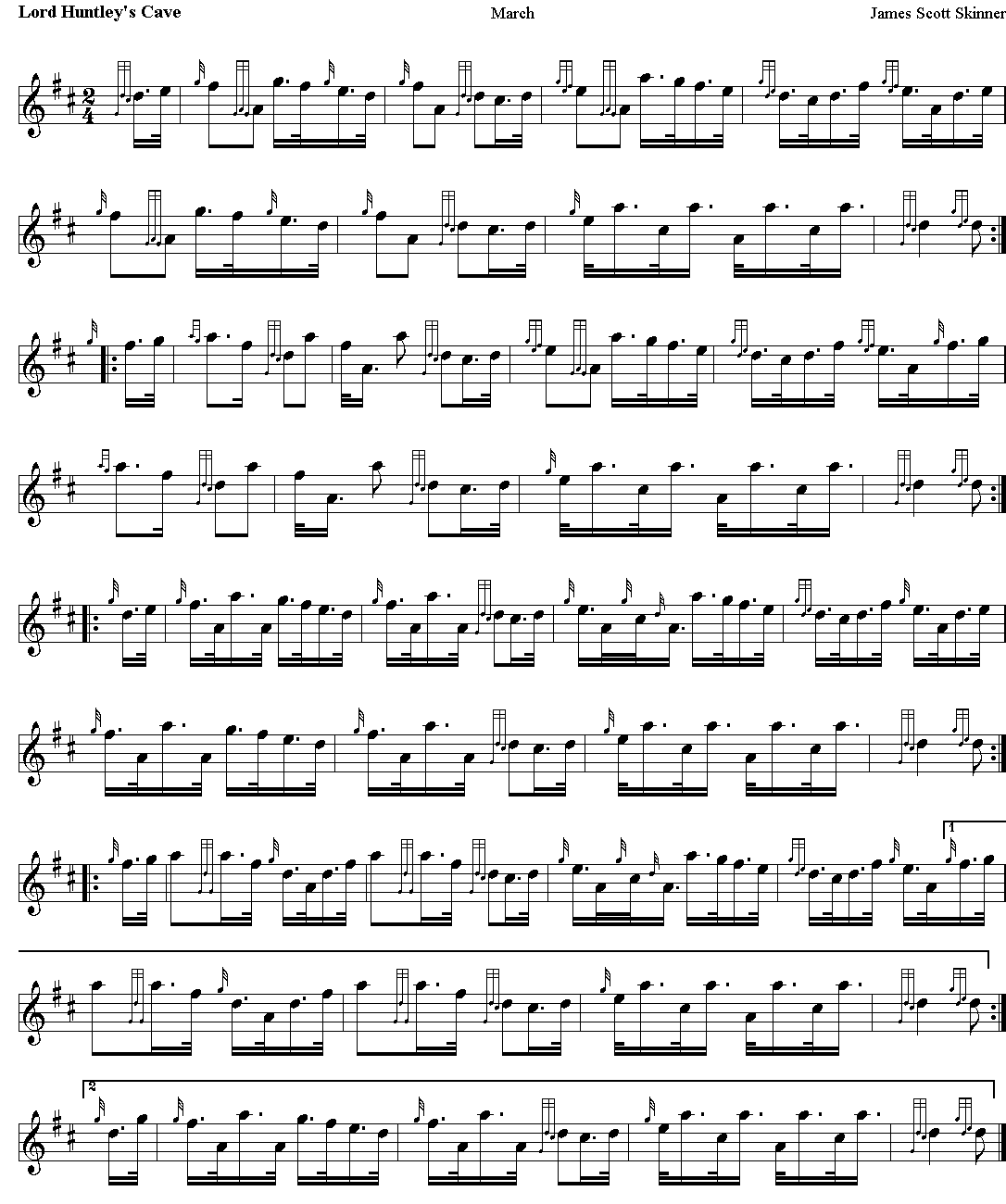|
Lord Huntly's cave is located north of Grantown,
Speyside, in a rocky glen about two miles from Castle
Grant. It is named for Lewis Gordon, 3rd Marquis of
Huntly.
Lewis
Gordon, 3rd Marquis of Huntly
(c. 1626–1653) was the third son of George Gordon, 2nd
Marquis of Huntly. Born when his father was commander of
the Garde Écossaise, he was named after Louis XIII of
France, and brought up until the age of ten by his
grandfather, George Gordon, 1st Marquis of Huntly. From
an early age, he showed himself to be a reckless
romantic — while still a child, he stole some jewels and
attempted to take ship to Holland, presumably to join
the army. When he was thirteen, the First Bishops' War
broke out, and the young nobleman sneaked out of Gordon
Castle (one account says he climbed over the wall) and
hurried to the Highlands, where he raised a brigade of
clansmen from his father's estates to fight the
Covenanters. His first experience of war was at Megray
Hill, where his Highlanders scattered in the face of
enemy cannon fire.
Following
the peace, Lord Lewis travelled to France, where he
enlisted as an ordinary pikeman in an infantry regiment,
in order to learn his soldiering from the ground up.
After three years, he traveled to England, working his
way north by serving on both sides in the English Civil
War, first in the royalist army and then in the Scottish
Covenanter forces of his uncle, the Earl of Argyll, the
same army he had fought against in 1639.
Eventually returning home, the sixteen-year-old nobleman
seduced and married the fiancée of his absent elder
brother, Viscount Aboyne. He served on both sides in the
Scottish Civil War, playing an important role in his
father's occupation of Aberdeen in 1646, where he
engaged an enemy cavalry commander in single combat and
then storming the town. Going into exile after the
defeat of the royalists, he traveled again to France; in
rapid succession, he succeeded his brother and father as
Earl of Enzie and Marquess of Gordon, and by 1651, he
was allowed to return to Scotland, even though he
refused to conform to the Presbyterian Church of
Scotland (he was probably a Roman Catholic).
In 1645
Lord Lewis attacked Brodie Castle in Moray and setting
it afire destroyed important archives and documents
detailing the origins of the illustrious Clan Brodie.
This dastardly act secured Clan Brodie's place among the
great mysteries of Scotland.
He died
aged 26 or 27, leaving a young widow (whom he had
apparently converted to Catholicism), three daughters,
and a four-year-old son who would eventually become the
1st Duke of Gordon.
His
reputation among historians has varied; he is the
clearest hero in the Civil War narrative of his kinsman
Patrick Gordon of Ruthven, while John Buchan regarded
him as wild and headstrong to the point of insanity.
According to tradition, Gordon was concealed for some
time in the cave, aided by Mary, the daughter of the
laird, Sir John Grant, who carried supplies to the
fugitive.
 |



